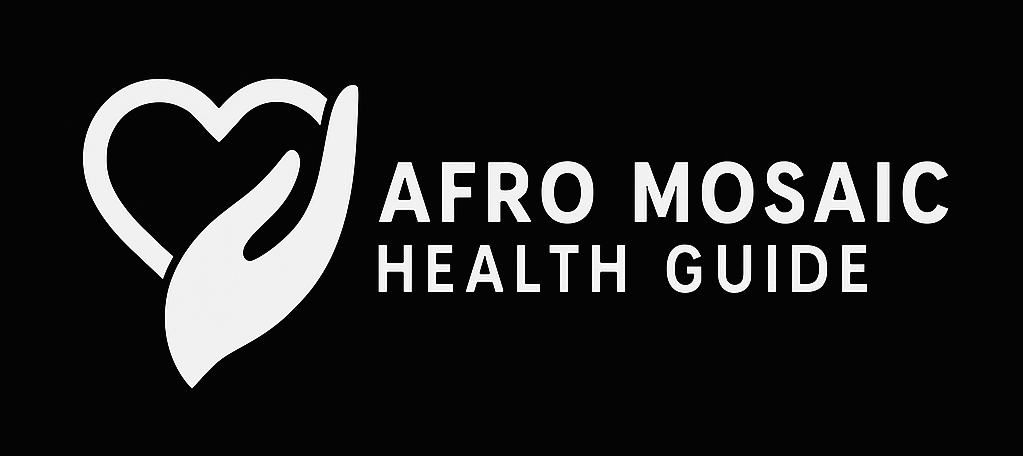The liver is one of the body’s most vital and resilient organs, tirelessly filtering toxins and performing hundreds of essential functions. While we often associate liver problems with obvious signs like yellowing skin, some of its most critical warnings are surprisingly subtle, counter-intuitive, or easily misunderstood. This article reveals five surprising truths about identifying and diagnosing liver disease, based on clinical guidelines and patient information
1. A Failing Liver Can Profoundly Affect Your Brain
One of the first places a failing liver sounds the alarm isn’t in the abdomen, but in the brain. Hepatic Encephalopathy (HE) is a serious brain dysfunction. It occurs when a damaged liver can no longer filter toxins from the blood. These toxins build up. They travel to the brain. This buildup can cause a wide range of neurological and psychiatric symptoms. These symptoms can be the first major red flag of liver failure. The progression from subtle to severe signs is why this connection is so important—and often surprising—to understand.
Symptoms are often categorized by grade, from minimal to overt:
• Minimal/Early Stage (Grades 0-1): The first changes can be almost unnoticeable. They include subtle forgetfulness and mood swings, like anxiety or euphoria. There may be difficulty with simple math. Altered sleep patterns may occur, like sleeping during the day and being awake at night.
• Overt/Later Stage (Grades 2-4): As the condition worsens, symptoms become much more obvious. These can include clear personality changes and inappropriate behavior. There may also be severe confusion about the date or location, slurred speech, and involuntary tremors. A distinctive ‘flapping’ of the hands, a condition called asterixis, may occur. In its most severe stage, HE can lead to a total loss of consciousness, or coma.

2. A High-Tech CT Scan Is Surprisingly Bad at Finding Gallstones
When a patient has pain in their upper right abdomen, the primary suspect is often gallstones. The initial, go-to imaging test for this is an ultrasound. Counter-intuitively, clinical guidelines show that a more advanced CT scan is significantly less effective for this specific task.
According to the American College of Radiology (ACR), ultrasound is extremely accurate for detecting gallstones, with a reported accuracy of 96%. A CT scan, by contrast, has a sensitivity of only about 75%. This is because most gallstones are cholesterol stones, which may have a similar density to the surrounding bile, making them difficult for a CT scan to distinguish.
However, there’s a critical nuance: while ultrasound is better at finding the stones, a 2018 study cited by the ACR found that CT was significantly more sensitive than ultrasound for diagnosing the inflammation caused by the stones (acute cholecystitis), at 85% for CT versus 68% for ultrasound. This highlights that the “best” test depends on the specific clinical question, and more advanced technology isn’t always the superior choice for every diagnostic task.
3. That Persistent Itch Might Not Be a Skin Problem
While jaundice (yellowing of the skin and eyes) is the most famous sign of liver trouble, another powerful skin-related symptom can emerge: severe, persistent itching, known medically as pruritus. What makes this itch so notable is that it occurs without a visible rash.
The mechanism is straightforward: as liver function declines, the flow of bile can stall. This causes bile products to leak from the liver into the bloodstream, where they can deposit in the skin, causing intense irritation and itching. This sensation can be localized to specific areas, such as the palms of the hands or the soles of the feet, or it can be felt all over the body. This is an important and often overlooked clue that should prompt a conversation with a doctor, especially if other vague symptoms like fatigue are also present.
4. Dark Urine and Pale Stools Don’t Always Go Together
It’s a common misconception that dark urine and pale stools are a package deal in liver disease. In reality, their appearance provides distinct clues that can help clinicians differentiate between types of liver problems.
• Dark Urine: This is caused by excess conjugated bilirubin in the blood. Because this type of bilirubin is water-soluble, the kidneys filter it out, turning the urine a dark, tea-like color. This can happen in many types of liver disease, such as cirrhosis or hepatitis, where the liver cells are damaged but there isn’t a physical blockage.
• Pale Stools: This is a more specific sign indicating a physical obstruction—like a gallstone or tumor blocking a bile duct. This blockage prevents bilirubin from entering the intestines, which is what normally gives stool its brown color.
It is common for a patient with cirrhosis to have dark urine but normally colored stool. This is because their failing liver is leaking conjugated bilirubin into the blood, but there is no “plumbing” blockage stopping the bilirubin that does get secreted from reaching the gut. This distinction helps clinicians differentiate between parenchymal disease (damage to the liver cells) and obstructive disease (a physical blockage).
5. For Belly Pain, a Plain X-Ray Is Often Useless
Despite being a go-to image for many ailments, a plain X-ray is often a useless first step for investigating liver-area pain. When it comes to evaluating pain in the upper right quadrant—the liver’s neighborhood—clinical guidelines from the American College of Radiology state that abdominal radiography has “little utility” and “low utility.”
The reason is that X-rays have very poor soft tissue contrast, which makes them unable to diagnose conditions like acute cholecystitis (gallbladder inflammation) or other hepatic pathologies. Furthermore, gallstones themselves are only visible on an X-ray in about 15% to 20% of cases because the majority are not dense enough to show up. In contrast, the ACR criteria identify ultrasound as the “most useful first-line imaging modality” for this type of pain. This shows the critical importance of choosing targeted, appropriate medical imaging to avoid unnecessary radiation and arrive at an accurate diagnosis more quickly.
Conclusion: Listening to Your Liver’s Language
The liver’s distress signals are often more complex and less straightforward than we might expect. From neurological symptoms that start in the abdomen to the nuances of which imaging test is truly best, understanding these signs is key to early and accurate diagnosis. The connection between a failing liver and a confused brain, in particular, underscores how interconnected our body’s systems truly are.
Given how subtle your body’s warnings can be, what’s one small step you can take today to be a better listener to your own health?















